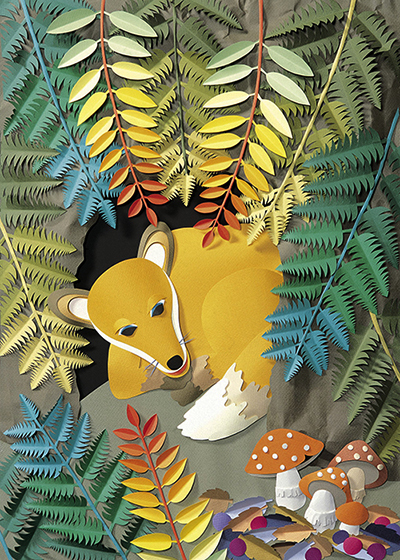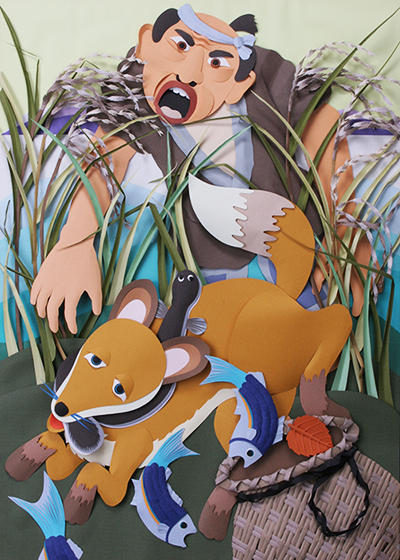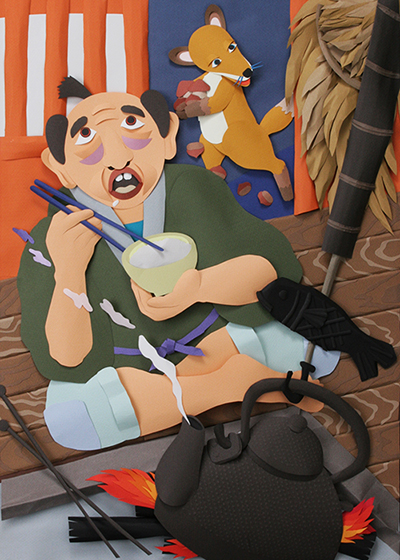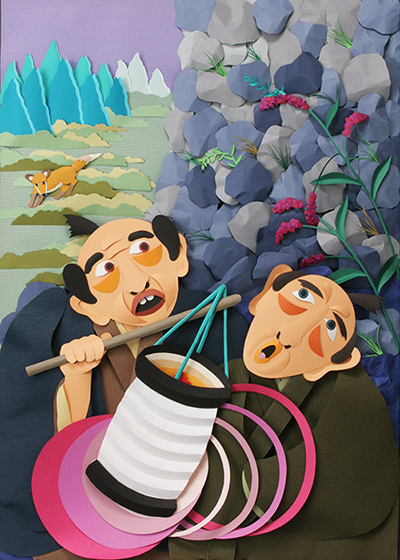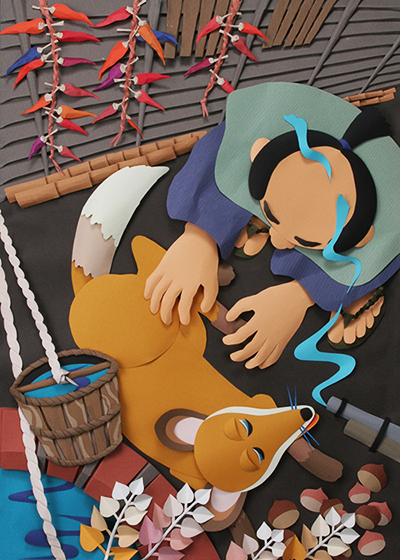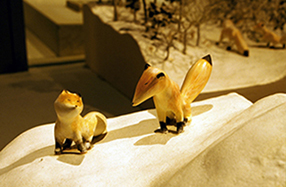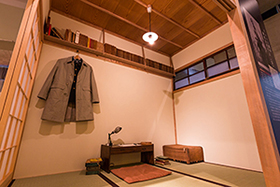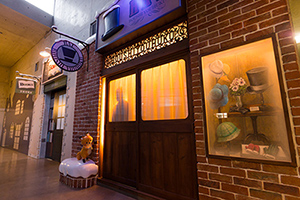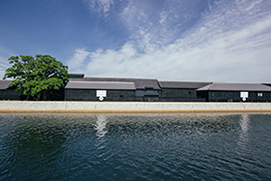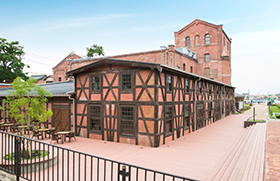Who is Niimi Nankichi?
-
One of Japan’s foremost writers of children’s literature, Niimi Nankichi (1913-1943) was born in the city of Handa, Aichi Prefecture, which lies almost in the center of the Japanese archipelago.
Nankichi’s childhood was a lonely one. His mother died when he was just four years old and he was adopted into his mother’s parents’ family four years later. He began writing children’s stories when he was in junior high school, and published his debut work, "Gon, the Little Fox", at the tender age of 18. He went on to study English literature at the Tokyo University of Foreign Studies, but illness later forced him to return to his hometown. He worked there as a teacher at a girls high school while continuing to write. In 1942, he published his first collection of children’s stories, called Grandfather’s Lamp. Sadly, the following year, he died of tuberculosis. He was 29 years old.
-
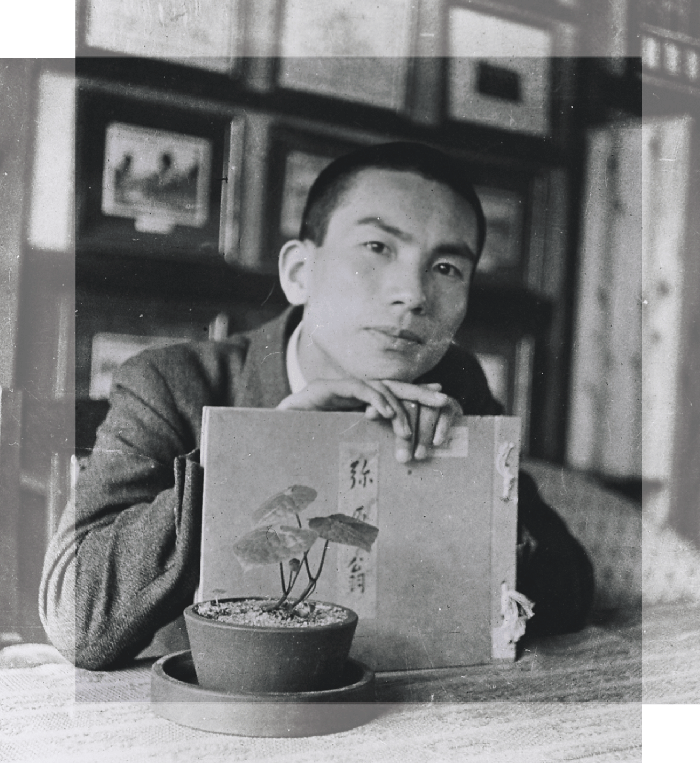
▲Nankichi Niimi
The many children’s stories, novels, poems, nursery songs, and plays he left behind were published one after the other after his death. His works, which have a rich sense of story and are filled with humor and pathos, convey universal themes of the meeting of hearts in the midst of sadness and of the beauty of life, set against the scenery of his hometown of Handa. Even today, his stories are much loved by many in Japan.
In recent years, the rest of the world has had the opportunity to read Nankichi’s works, with picture books and children’s story collections published in other countries such as China, South Korea, the United States, France, and Germany.
The Niimi Nankichi work best loved by Empress Michiko
-
Nankichi Niimi is well known as a favorite author of Michiko, the Empress Consort of Japan.
When Empress Michiko gave a speech about the books she had read as a child to the International Board on Books for Young People in 1998, she made particular mention of Nankichi’s children’s story, "The Sorrow of a Snail (Denden Mushi no Kanashimi)", as one that had left a deep impression on her heart.
"Denden Mushi no Kanasimi" Pictures: Yasumasa Suzuki. Publisher: Shinjusha ▶
-
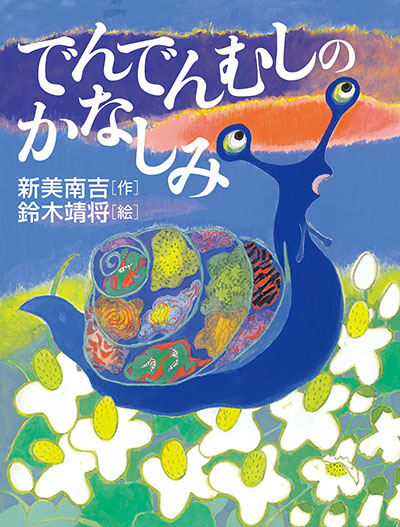
▲"Denden Mushi no Kanasimi
Pictures: Yasumasa Suzuki
Publisher: Shinjusha
